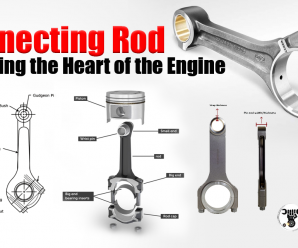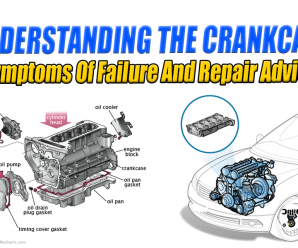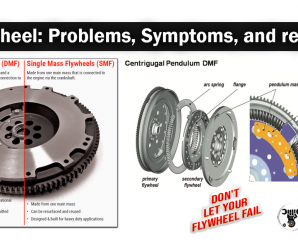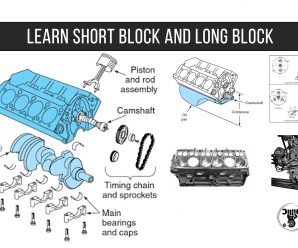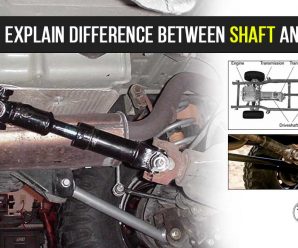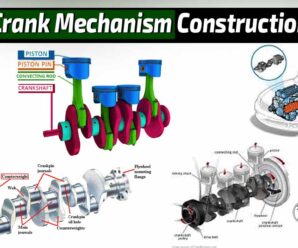Advertisement Introduction: In the realm of internal combustion engines, a small but mighty component holds the key to transforming reciprocating motion into powerful rotational force—the connecting rod. This article explores the significance, design, and materials used in connecting rods, shedding …
Tag: Crankshaft
Advertisement Introduction: The crankcase is an integral component of an internal combustion engine, playing a crucial role in the engine’s lubrication system. This article aims to shed light on the crankcase, its function, and the symptoms of a bad or …
Advertisement What is a flywheel? What does it do? A flywheel is a mechanical component in a vehicle’s transmission system that is responsible for providing inertia to the engine’s crankshaft, which helps to maintain a steady rotational speed. It is …
Advertisement Short Block and Long Block The cylinder block assembly (without the heads installed) is called a short block. The short block includes the crankshaft, piston and rod assembly, and ball bearings. On pushrod engines, the camshaft, timing sprockets, and …
Advertisement Learning Objectives: Study the parts of the lubricating system of the EFI engine. Working principle of the EFI lubricating system. Introduction If the heart of a car is its engine, then its brain must be the Engine Control Unit …
Advertisement 1. Bed Plate: The bed plate provides the rigid seating of the crankshaft, which is essential for satisfactory engine operation. The bed plate is constructed of a deep longitudinal girder (running along the length of the engine) and a …
Advertisement SHAFT A shaft is a rotating member which is subjected to bending moments and twisting moments and sometimes to axial loads. It is acted upon by combined bending, torsional and axial stress. And it is desired to transfer motion …
Advertisement Every engine cylinder must fire once in every cycle. This requires that for a four-stroke four-cylinder engine the ignition system must fire for every 180 degrees of crank rotation. For a six-cylinder engine, the time available is only 120 …
Advertisement The purpose of a crank mechanism – transforming back-and-forth motion of the pistons to the crankshaft rotation. Components of the crank mechanism can be a divide into two groups: stationary and moving. Moving components of crank mechanism: pistons, piston …

